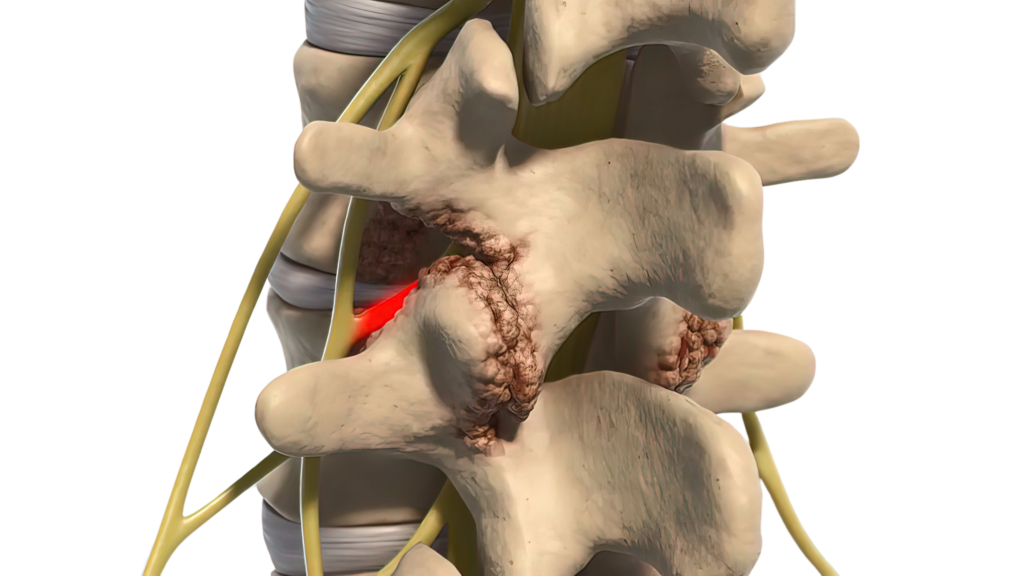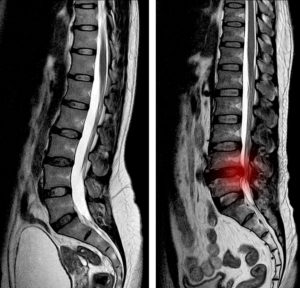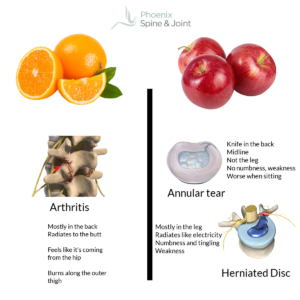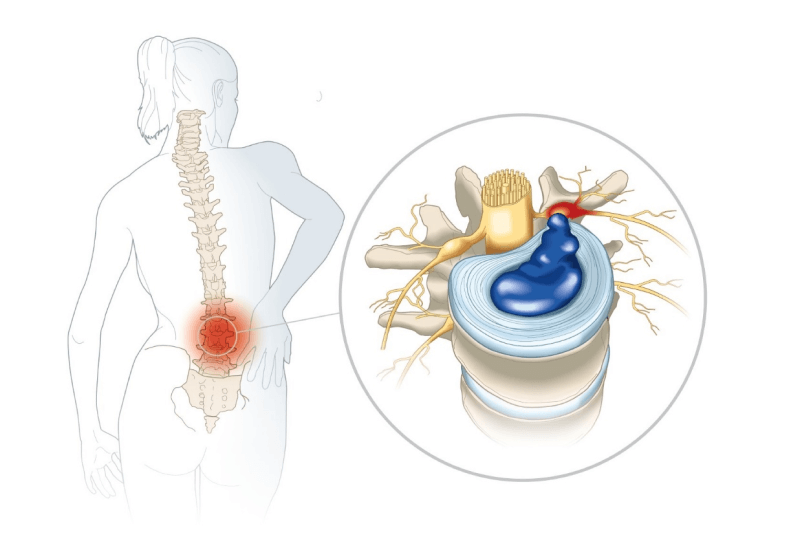
What you need to know to get rid of RADICULOPATHY!
What you need to know to get rid of RADICULOPATHY! https://bestpracticehealth.tv/wp-content/uploads/2022/10/Shutterstock_2147956399-1024x576.png 1024 576 Best Practice Health TV Best Practice Health TV https://bestpracticehealth.tv/wp-content/uploads/2022/10/Shutterstock_2147956399-1024x576.png- Radiculopathy is a problem with a nerve root typically caused by compression or inflammation due to a herniated disc, bone spur causing spinal stenosis (narrowing).
- MRI is the best test to show the cause of radiculopathy.
- A diagnostic block is the definitive proof a radiculopathy is causing your pain.
- The treatment for radiculopathy is to relieve the problem with the nerve root— by whatever means necessary.
Radiculopathy is a common cause of neck and low back pain. The pain from radiculopathy is typically mostly in the arm or leg where it feels like electricity. Radicular pain often rides with numbness, tingling, and even weakness.
Radiculopathy is caused by a problem with a nerve root. The most common problem is pinching, and irritation caused by a herniated disc. Radiculopathy can also result from the nerve being smashed in the spinal canal (spinal stenosis) or as the nerve root exits.

If you have sharp pain in the arm or leg with associated numbness or tingling for more than a week or two, then your doctor will typically recommend magnetic resonance imaging of your neck or low back. MRI is the preferred method to see nerve roots and validate if they are being pinched.
Transforaminal epidural steroid injection (TFESI) is an effective way to temporarily relieve radicular pain. The steroid in a TFESI typically lasts around 100 hours; so, repeat blocks may be needed to control pain over weeks. If your pain has not resolved after 12 weeks despite several TFESI then it’s time to consider surgery.

In cases in which the cause of pain is not clear a diagnostic block may be needed. This often occurs when a patient has a combination of pain generators. This block is done by a pain management doctor. The needle is place in the same location as a transforaminal epidural steroid injection, but the medicine injected contains more numbing. You will lose function of the nerve root temporarily after the block.
The surgical approach to radiculopathy is to decompress the nerve root. If the compression is in the spinal canal, then removing the roof of the canal is the usual answer. Since the bone that forms the roof of the spinal canal is called the lamina, removing it is labeled ‘laminectomy.’
If your nerve root is compressed in the foramen as it exits the spine the decompression surgery is called ‘foraminotomy.’
Both laminectomy and foraminotomy surgery are done by spine surgeons. You want one who is board certified in neuro or orthopedic surgery. Qualified orthopedic surgeons typically do an additional year of fellowship training in spine surgery. The best spine surgeons specialize in minimally invasive surgery so they can operate more safely in an ambulatory surgery center.

Dr. Dan Lieberman, M.D.
- Posted In:
- Herniated Disc With Sciatica







